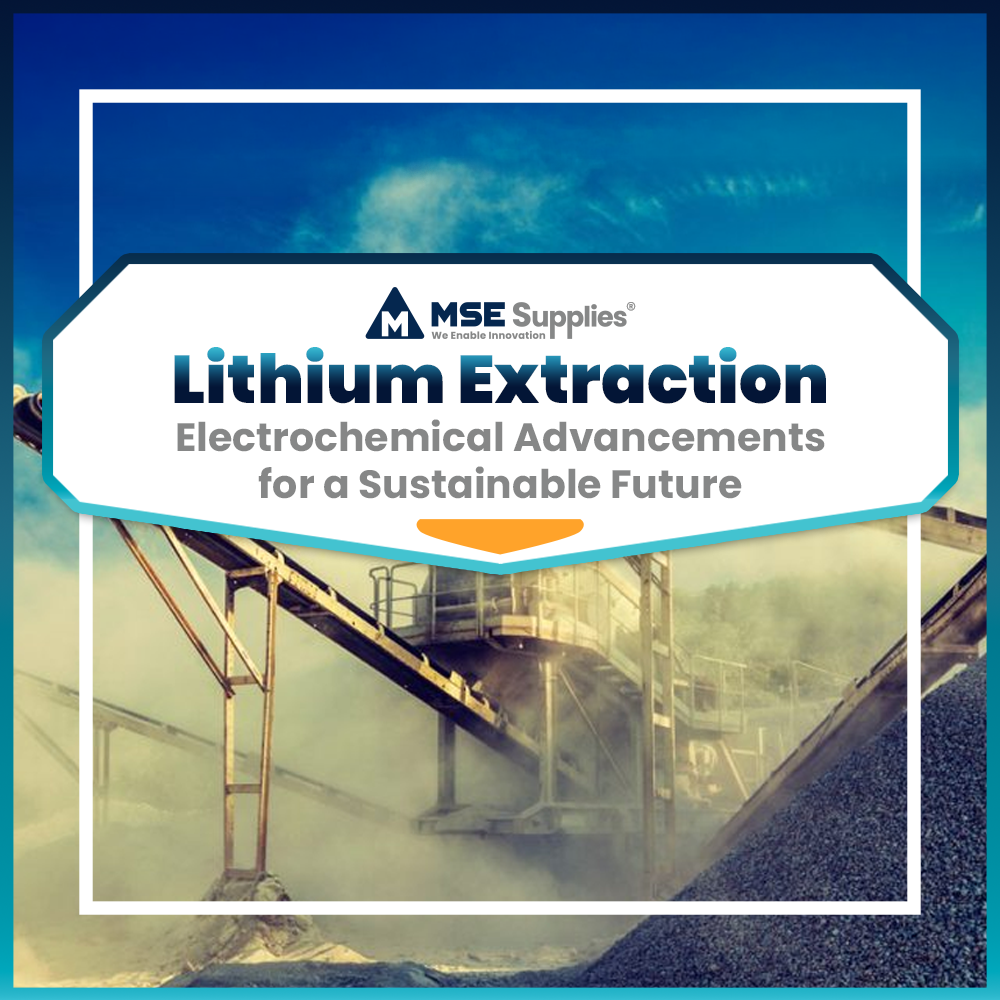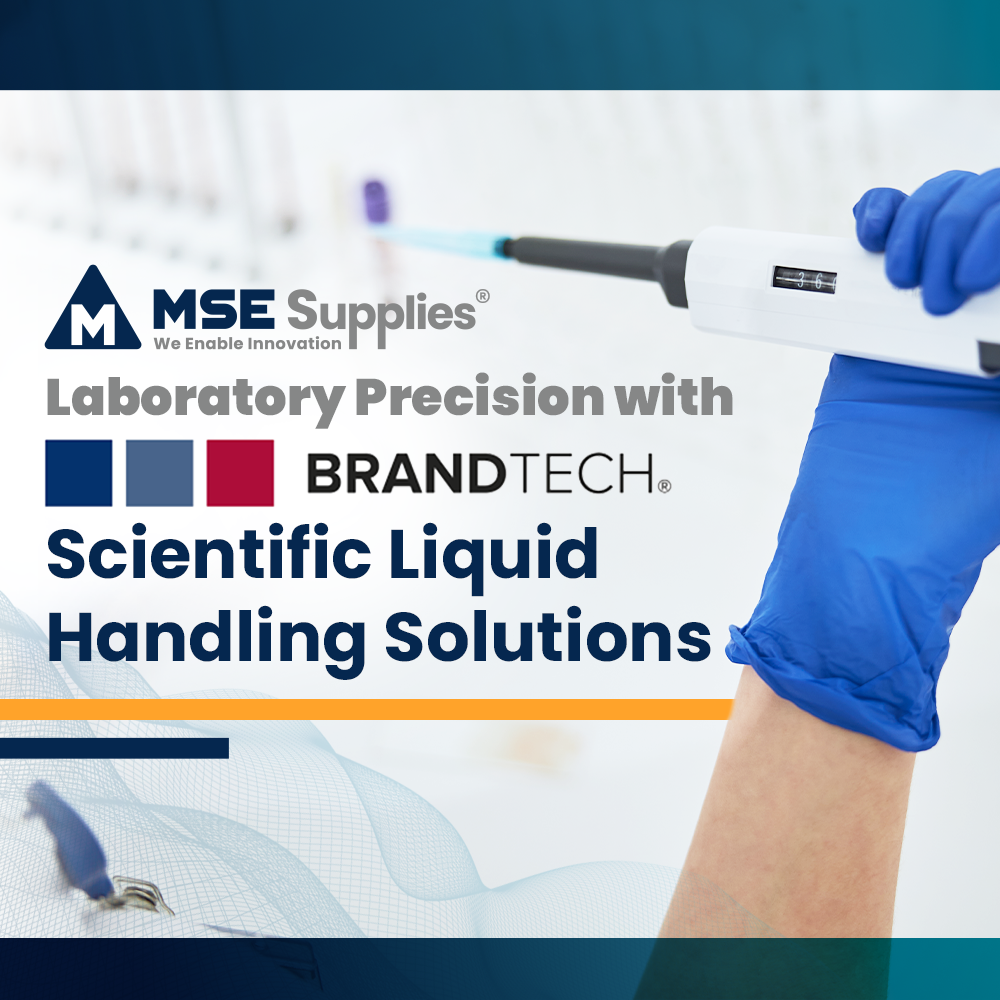The Differences Between Silicon and Silicon Carbide
Posted by Marketing Team on

Silicon and silicon carbide are central players in the world of semiconductor materials. These materials deliver excellent performance in the electronics and power device industries.
While silicon is a long-standing favorite for industrial applications, silicon carbide offers several unique benefits for your operation, depending on the desired use. Understanding the differences between silicon and silicon carbide assists operations in selecting the correct material for their needs.
Silicon vs. Silicon Carbide: Key Distinctions
Silicon (Si) is a popular semiconductor material commonly used in electronics such as integrated circuits and solar cells. A silicon crystal structure is created when a silicon atom bonds to four other silicon atoms, forming a base substrate that can be doped with other elements to create semiconductor junctions. Silicon is highly abundant and relatively low-cost compared to other materials, making it a pivotal material in manufacturing.
Silicon carbide (SiC) occurs when you blend silicon and carbon into different crystalline structures. Industries use these different structures for various semiconductor purposes. Each combination has unique properties and advantages after doping. SiC has emerged as a silicon alternative — it has a higher band gap, excellent thermal conductivity and the ability to withstand higher voltages and temperatures. Thanks to these qualities, silicon carbide is becoming a contender for high-performance applications.
Choosing between SiC vs. Si means finding the material that meets your efficiency needs under the correct conditions.
1. Material Properties
Silicon and silicon carbide are distinct in the world of semiconductors. Their thermal conductivity, electrical performance and mechanical strength give them an advantage over other semiconductor materials. Silicon works well at higher temperatures, but silicon carbide is the superior choice for extremely high-temperature applications.
Additionally, silicon has a band gap of around 1.1 eV. Operations should select silicon for low- to medium-voltage applications. For higher voltage demands, silicon carbide is the more effective choice. SiC has a wider band gap at 3.0 eV. It can handle much higher voltages without sacrificing efficiency. SiC also possesses superior thermal conductivity. It provides better heat dissipation, reducing the risk of overheating in high-stress environments.
2. Performance
When comparing silicon vs. silicon carbide, their performance in high-stress environments is a significant factor. Silicon performs well as a semiconductor in various standard uses. As mentioned, Si performs best in low- to moderate-voltage applications. It provides stable operation in consumer electronics, especially in items like computer chips. Silicon will begin to lose efficiency in high-voltage situations. Si will begin to see significant heat buildup and energy loss in these conditions, affecting performance.
SiC stands out in demanding applications. Silicon carbide can easily manage significantly higher power densities and voltages than silicon. SiC is more efficient at converting power, making it ideal for handling large amounts of energy. Silicon carbide can also operate at much higher switching frequencies. Manufacturing uses SiC for high-power electronics since its capabilities reduce the size of passive components.
Additionally, SiC's superior thermal conductivity minimizes overheating in high-power applications. Demanding applications should use silicon carbide to maximize efficiency without sacrificing reliability. Choose SiC for compact, efficient and high-demand systems.
3. Cost

Cost can also significantly impact the semiconductor an operation chooses. Silicon has remained popular for decades thanks to its abundance and mature technological state. It's easy to find and use in standard electronics applications. Silicon offers greater affordability, especially for less extreme uses. Choose silicon for access to a more established supply chain.
Silicon carbide offers better performance under extreme conditions but is more expensive. Its complex manufacturing process and newness as a technology mean increased costs for consumers. The cost of growing high-quality SiC crystals and processing them is much higher than standard silicon. However, this higher cost can be offset by its superior efficiency in high-performance applications. SiC can be a cost-effective choice in the long run, depending on the applications you need it for.
4. Applications
Silicon and silicon carbide applications extend across dozens of industries. Silicon is still the dominant semiconductor in traditional applications. Consumer electronics, microprocessors and solar cells are all areas where silicon is preferred. Any industry that needs low- or medium-power handling can benefit from silicon's affordability and performance. Additionally, manufacturers will use Si in integrated circuits, digital devices and other areas that accommodate lower voltage handling.
Silicon carbide is a more recent semiconductor option. However, it's becoming adopted across high-power applications thanks to its excellent performance and durability. The renewable energy, aerospace and automotive industries are turning to SiC for a semiconductor that can handle their high-temperature, high-performance needs. SiC is particularly valuable in electric vehicles. Its inclusion in charging systems can boost energy efficiency. Silicon carbide is the superior choice for more intense applications.
Silicon carbide uses also extend into phone technology, making SiC increasingly popular in the telecommunications industry. SiC can handle high-frequency signals without significant power loss. As 5G continues to expand across the world, SiC demand will continue to grow. Silicon is unsuited for these high-frequency, high-power demands.
Why Trust Us?
MSE Supplies is a trusted source of high-quality materials and equipment for scientists, engineers and labs around the world. With over 20,000 customers, we've proven ourselves to be an industry-leading supplier for advanced materials, lab equipment and customized solutions. We offer products from over 25 brands and our own MSE PROTM brand. With a vast selection, MSE Supplies ensures you have access to the best value and quality in the industry.
At MSE Supplies, we go above and beyond just selling innovative products. Our expert team is always ready to provide you with technical support. Our PhD scientists and engineers are well-versed in their fields, and we make sure you get the best solutions for your needs, no matter your applications or industry.
Explore Silicon and Silicon Carbide Wafers From MSE Supplies
Whether you need silicon or silicon carbide wafers, MSE Supplies has the semiconductor supplies you're looking for. We offer a comprehensive selection of high-quality silicon and silicon carbide wafers that meet a range of semiconductor needs.
We offer SiC wafers in semi-insulating, N- and P- types. Our extensive inventory provides ideal components for a wide range of high-performance applications. Our premium silicon wafers are designed to meet the high performance and quality standards of your projects. Additionally, we carry other semiconductor wafers to ensure you get the right material for your operation.
Contact MSE Supplies for a quote, expert support or questions about our custom product solutions. Let us help you find the perfect solution for your research or production needs!




